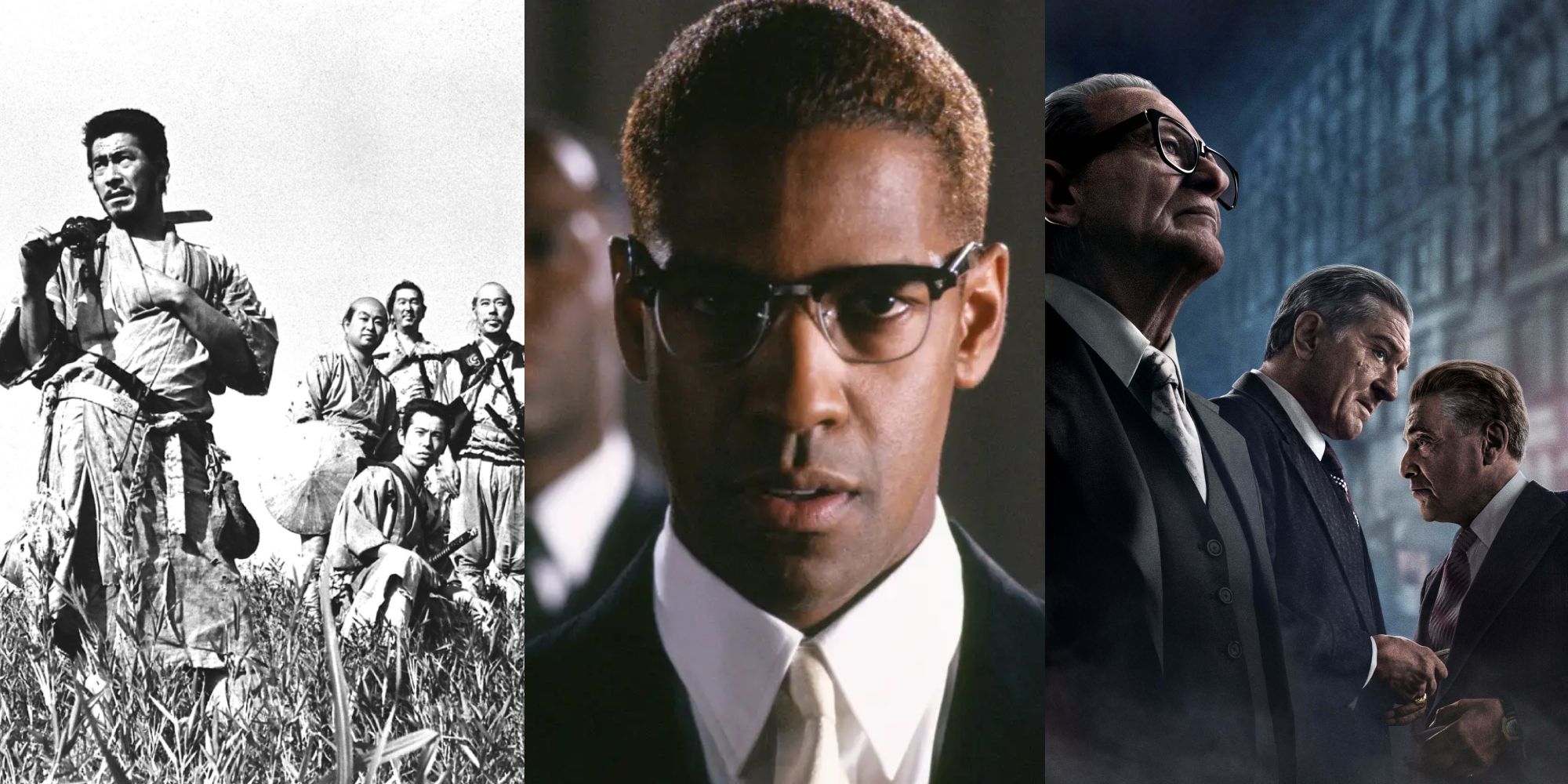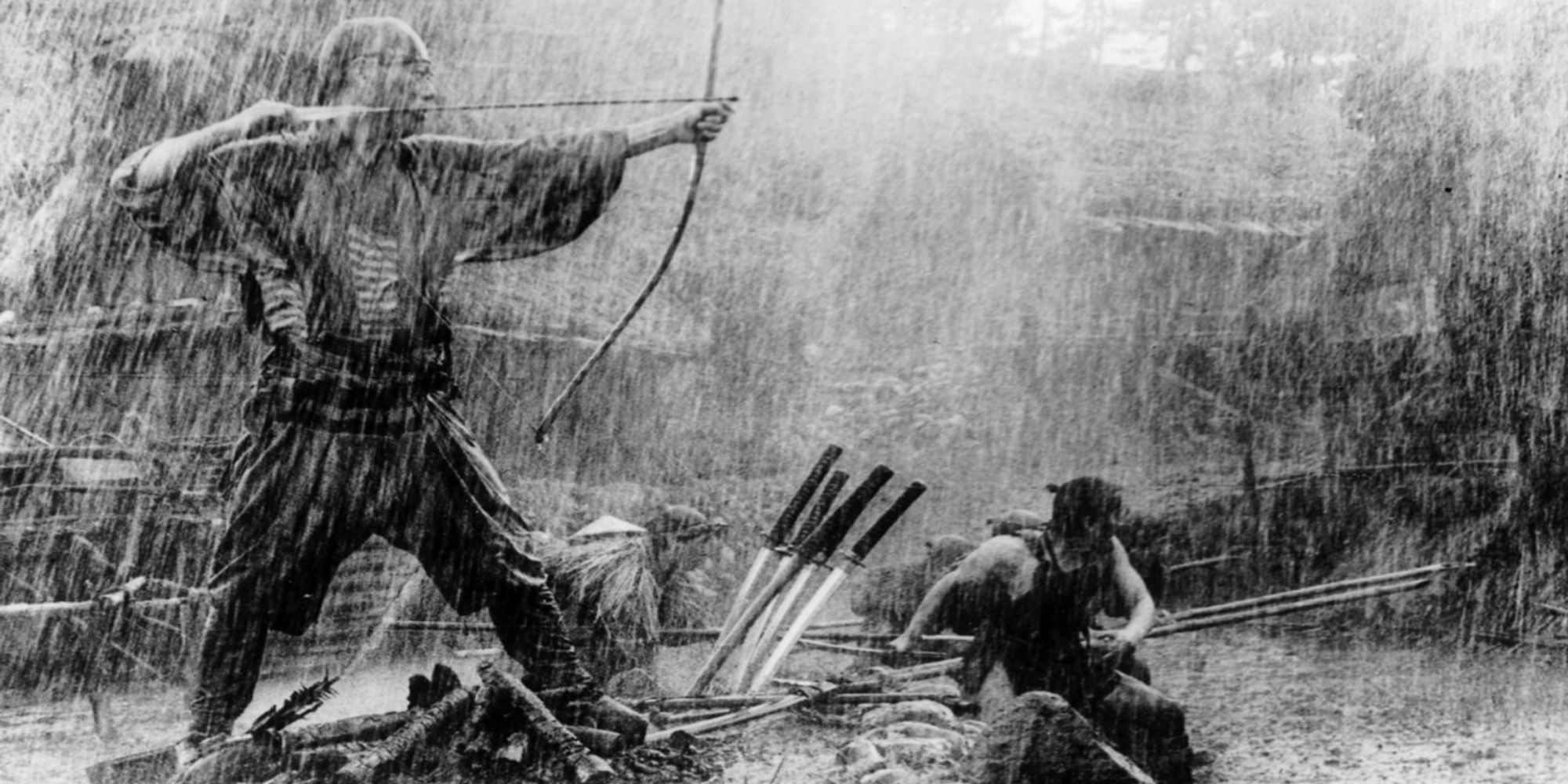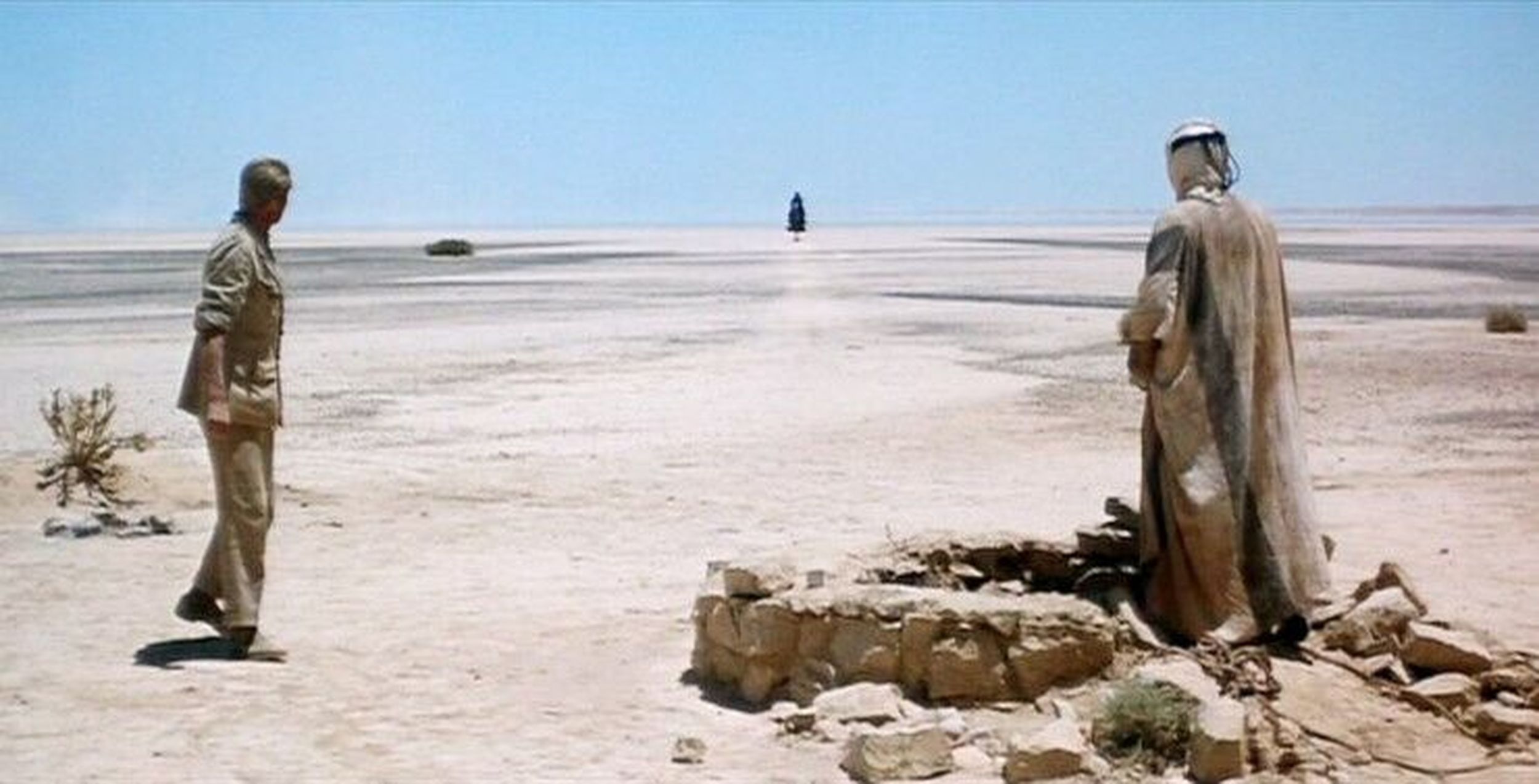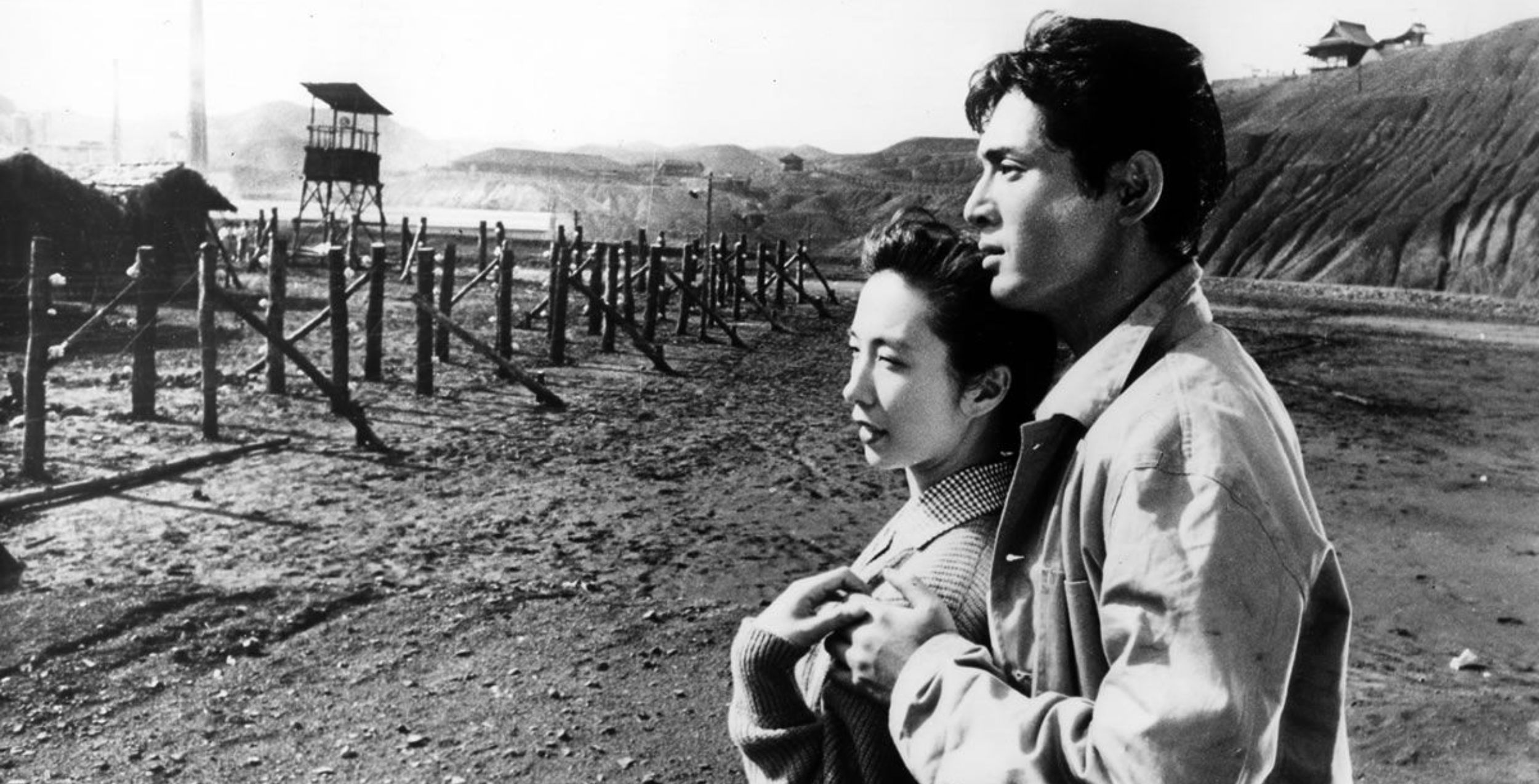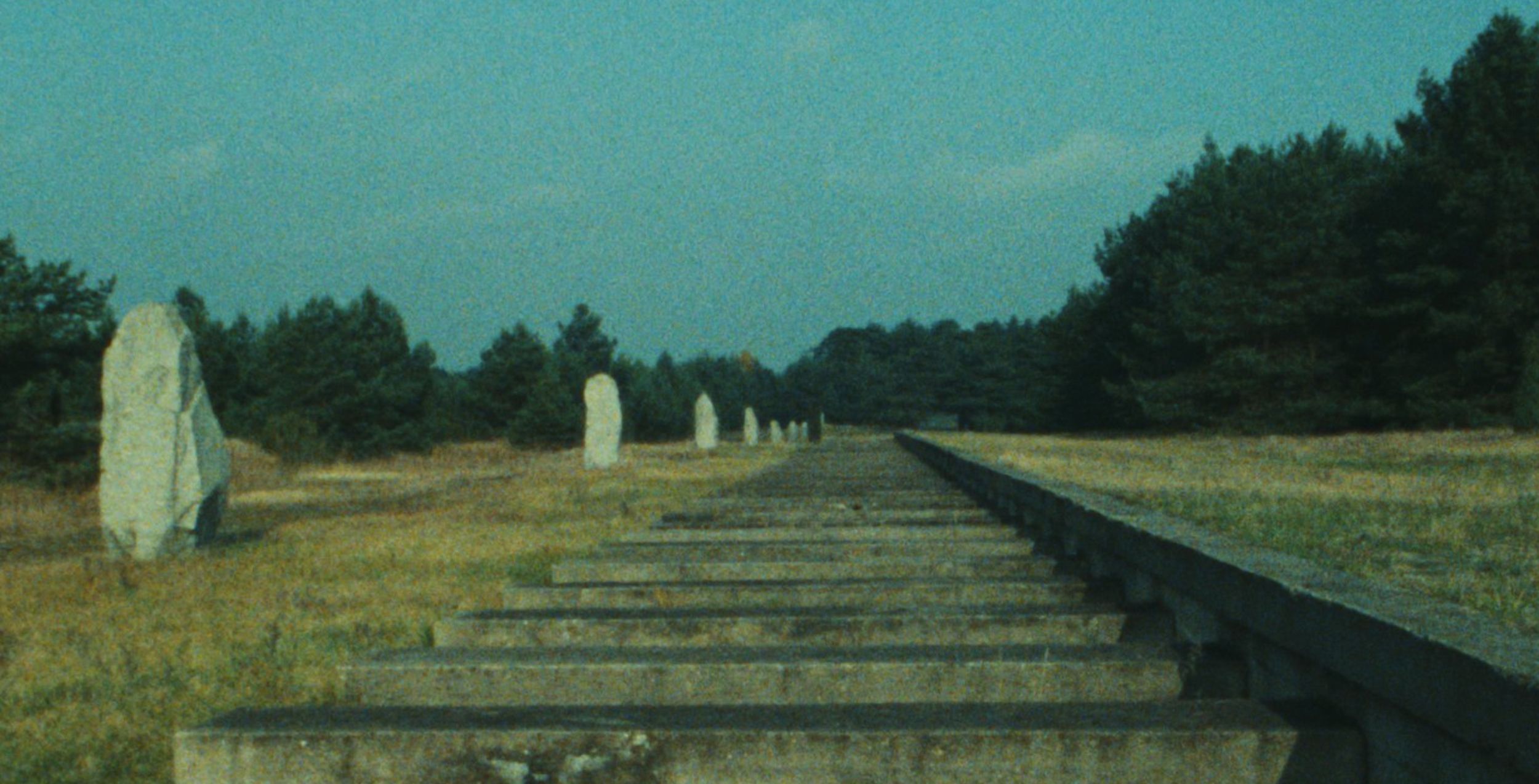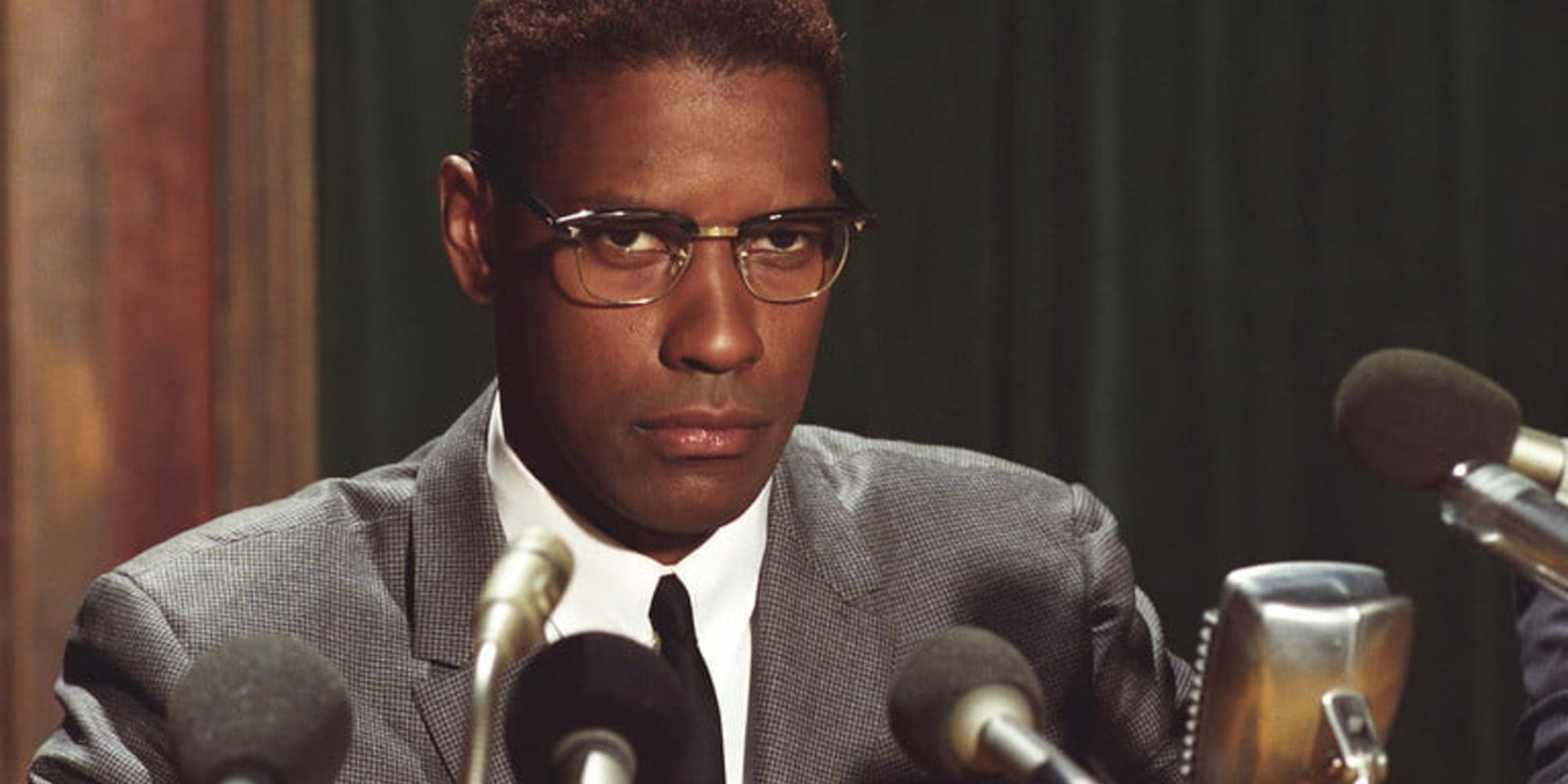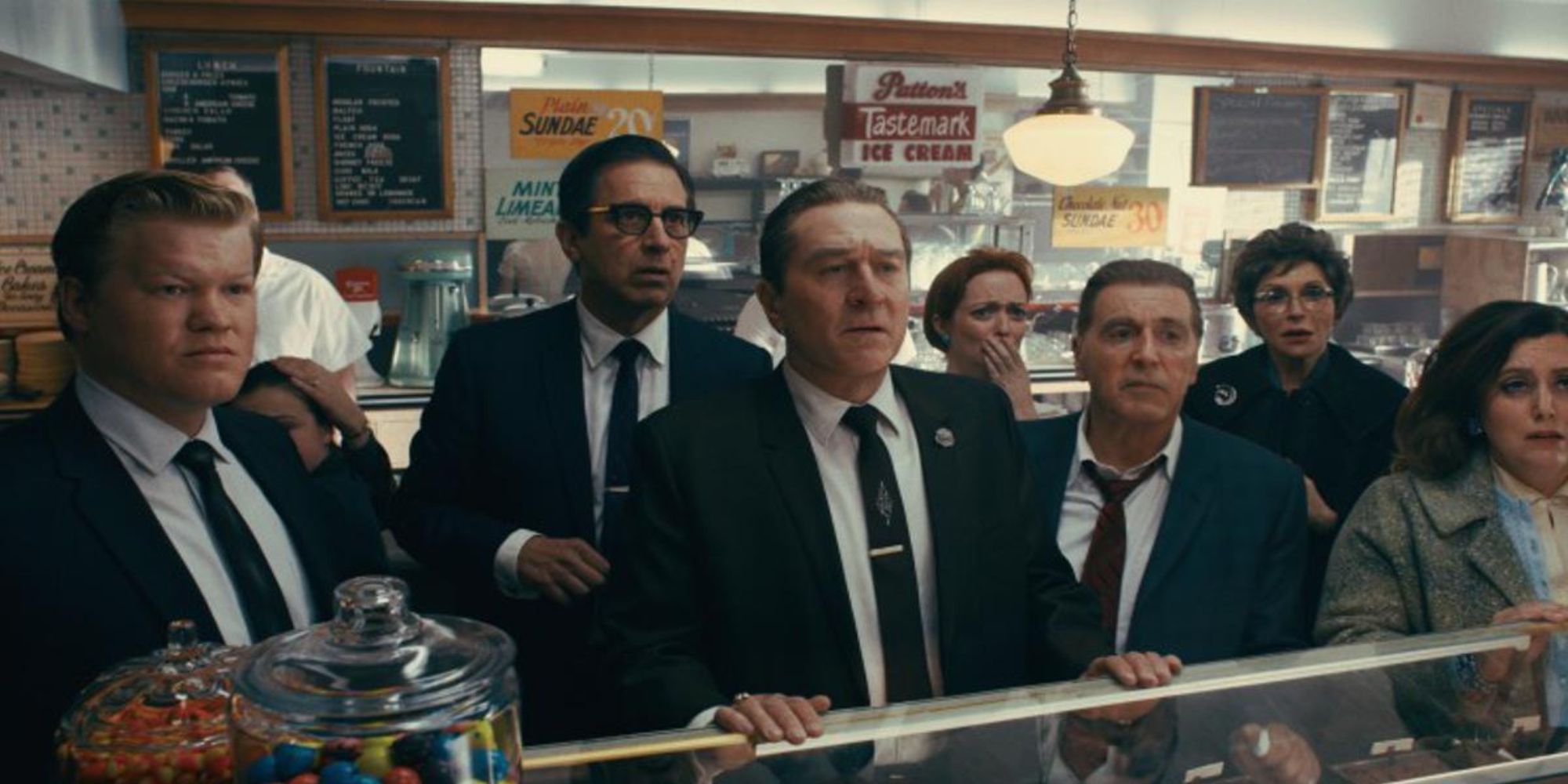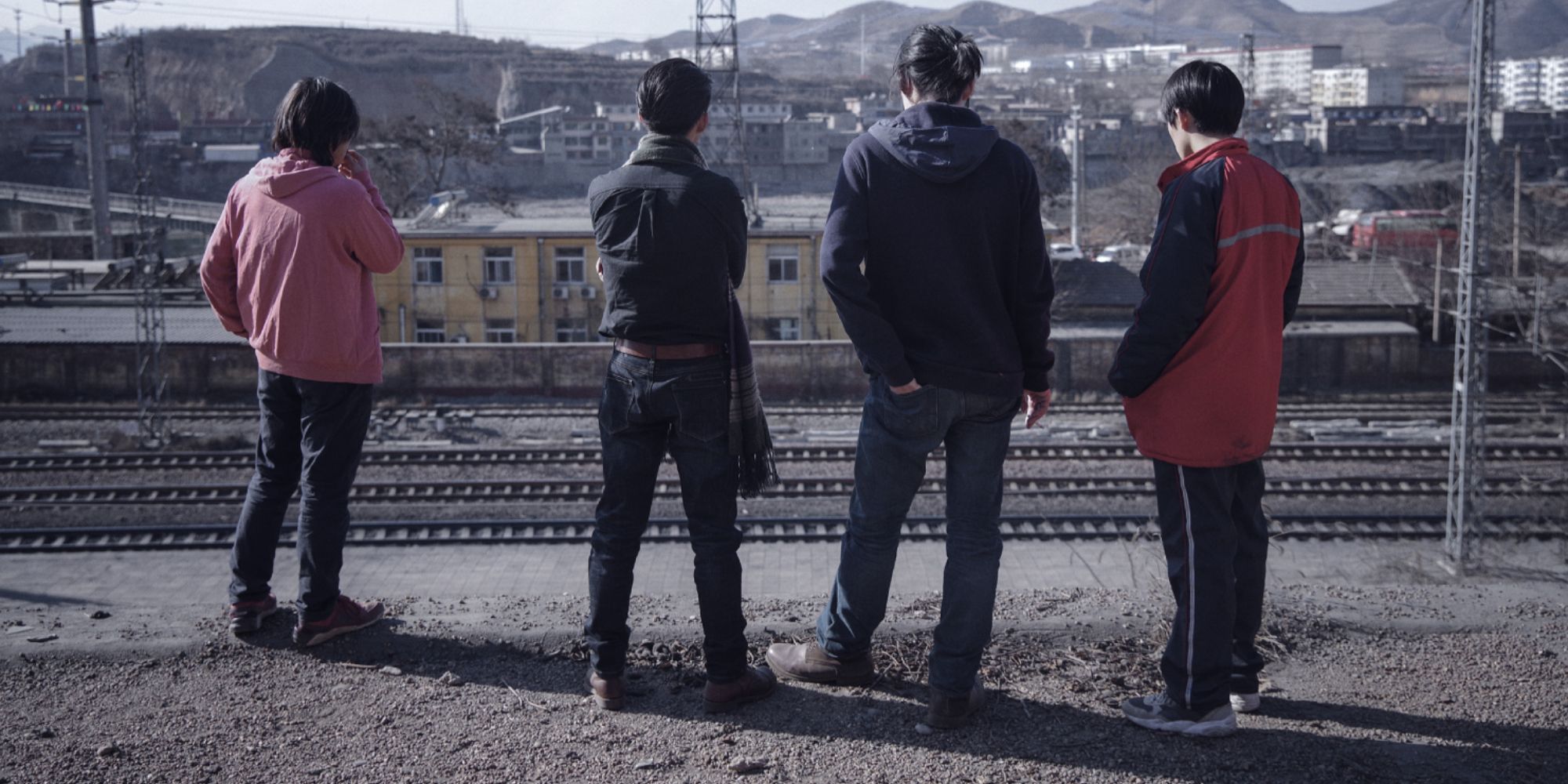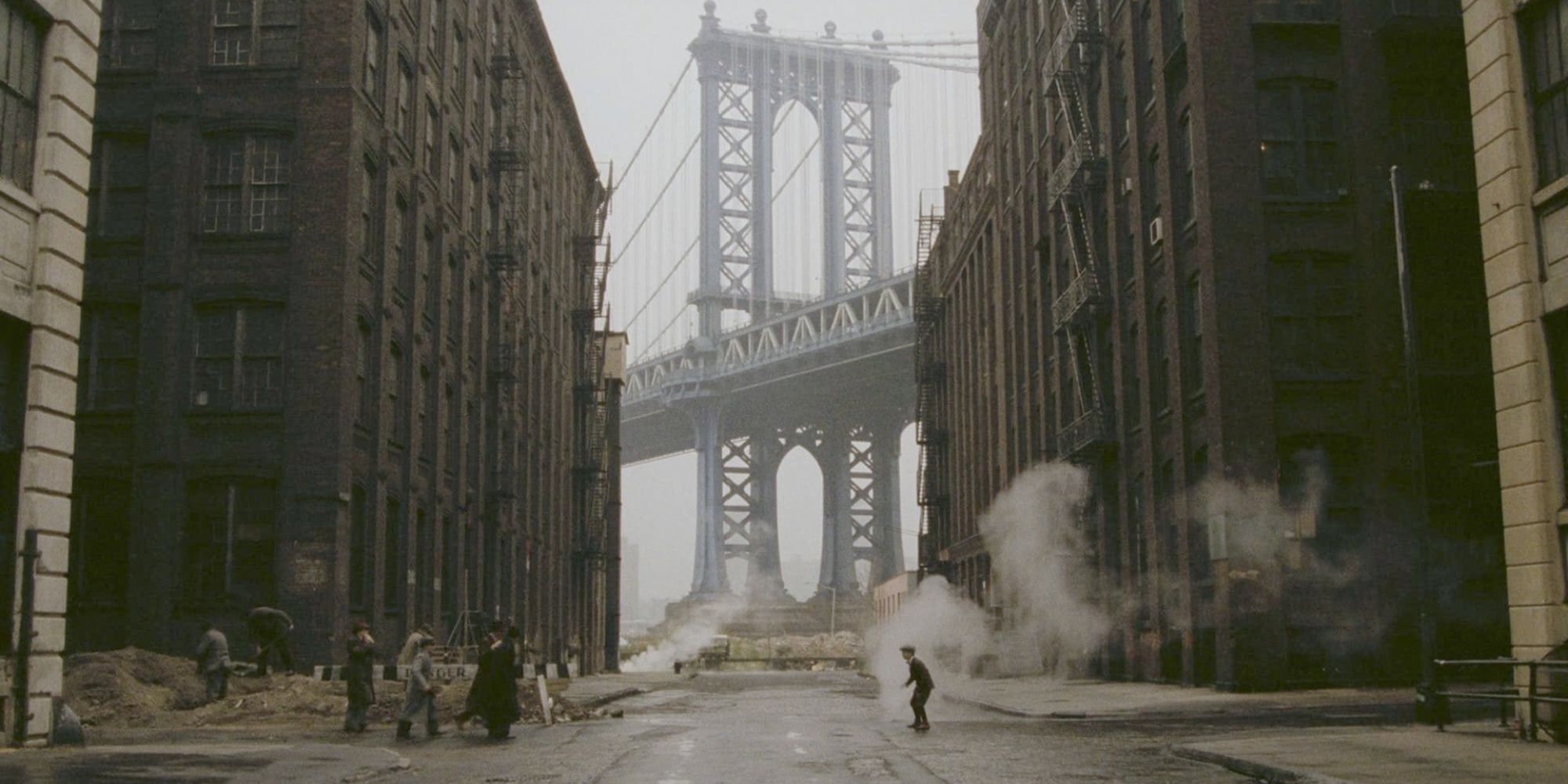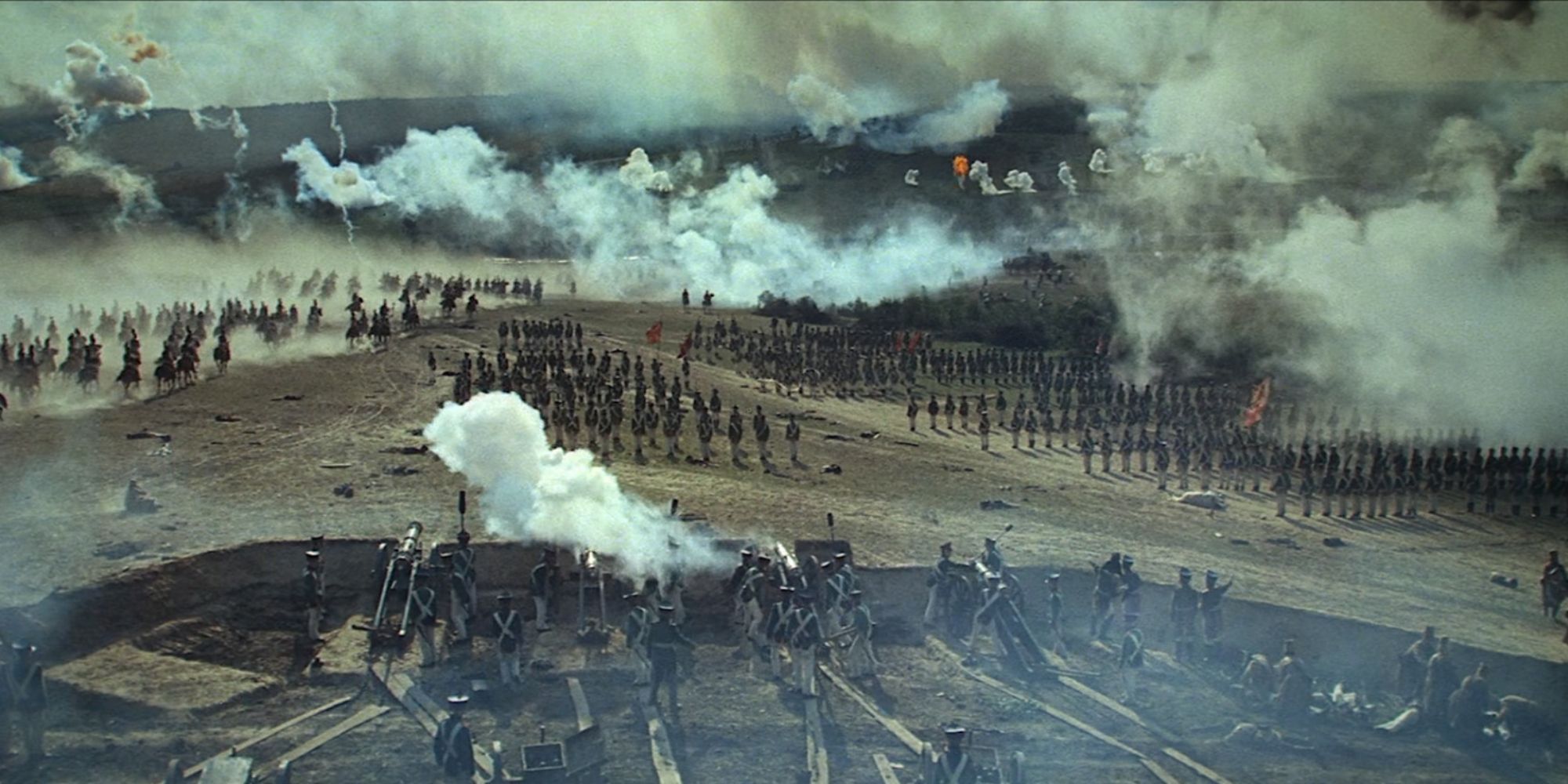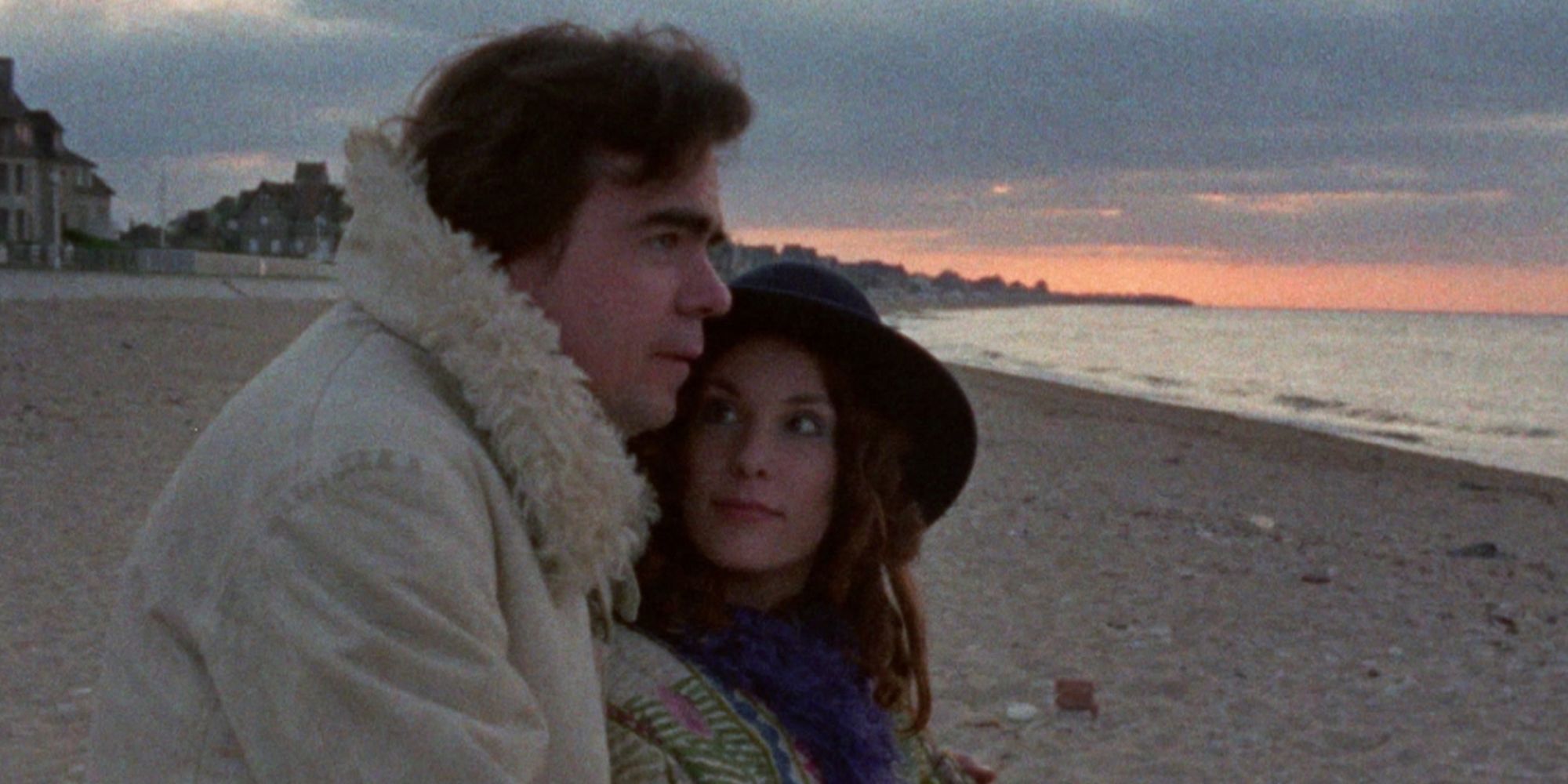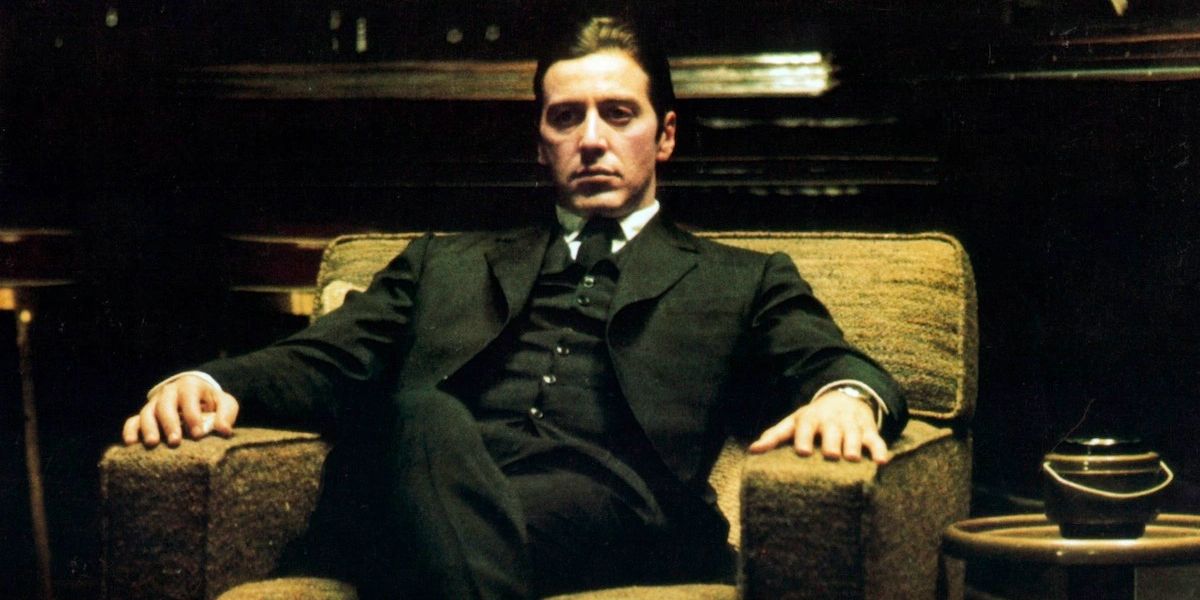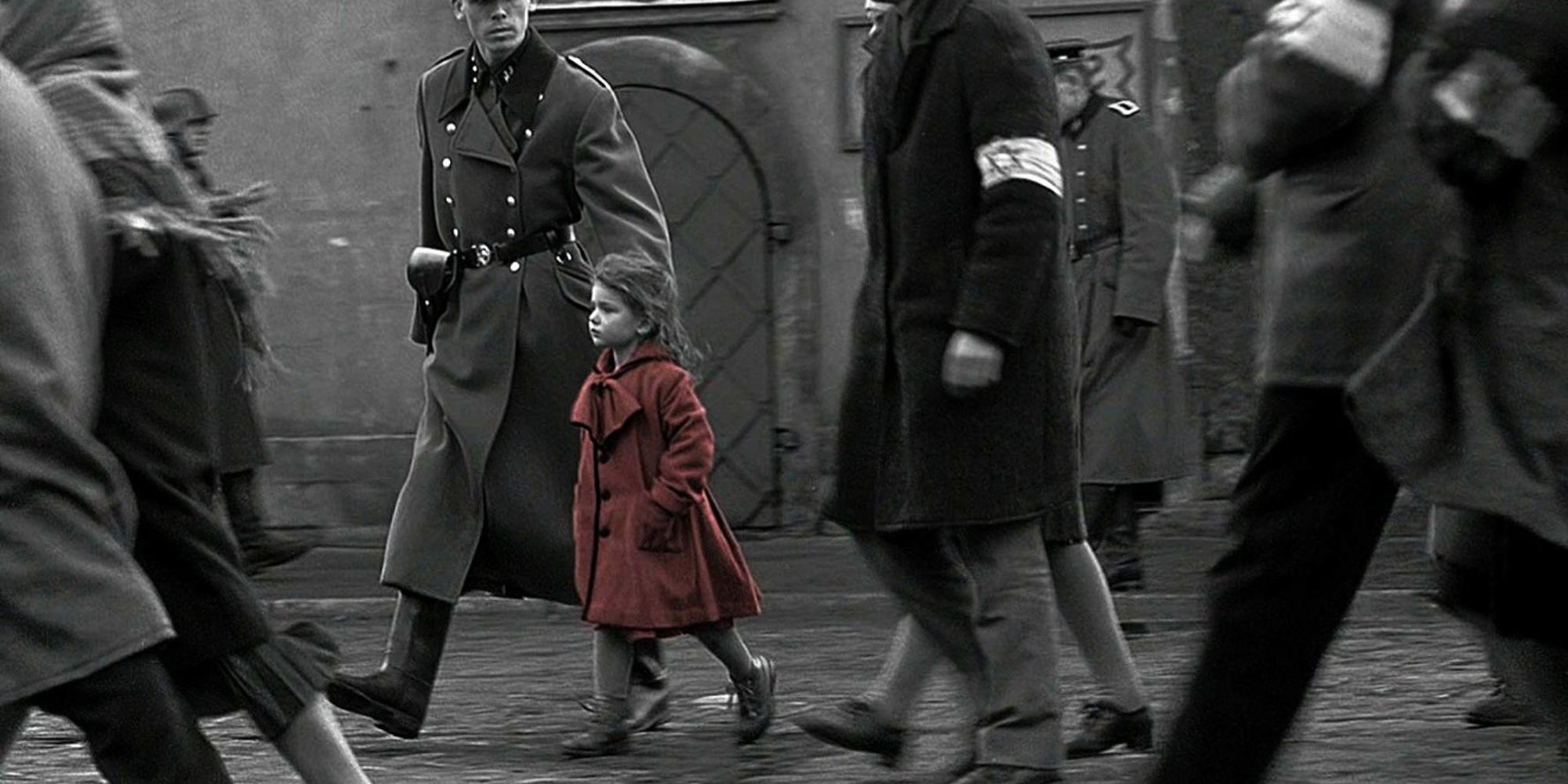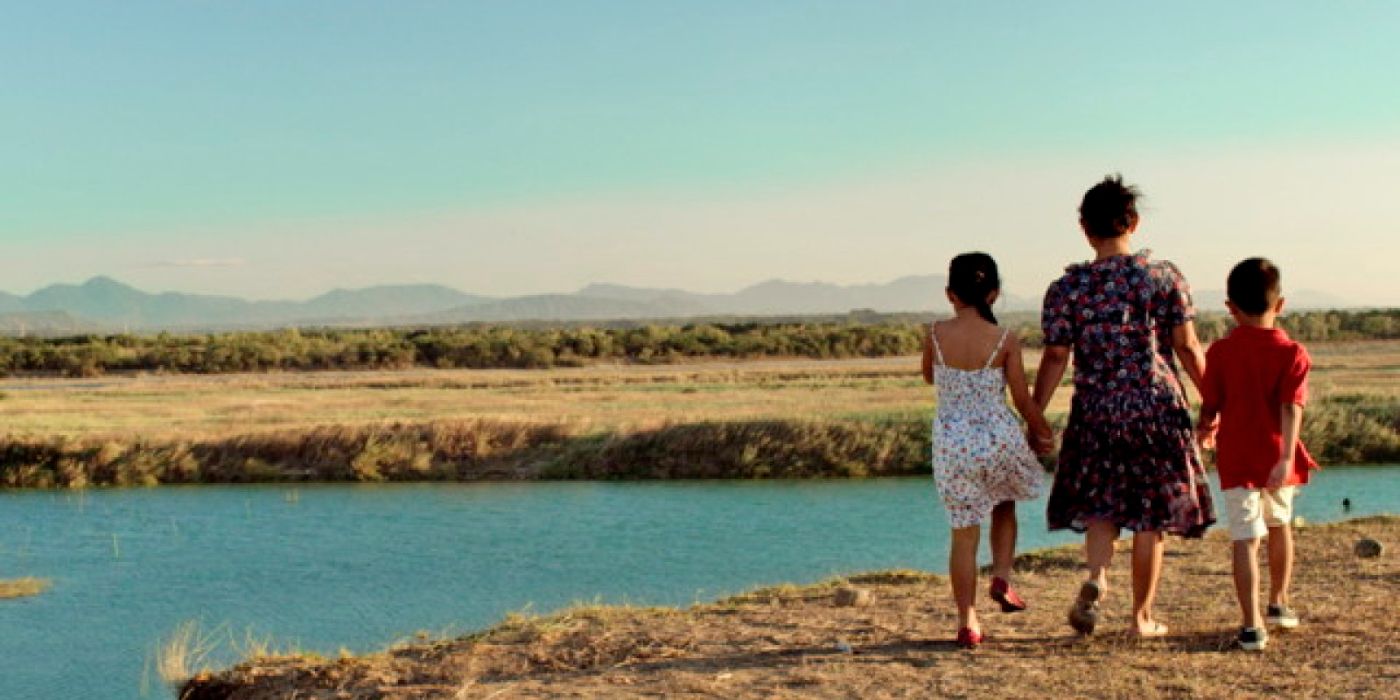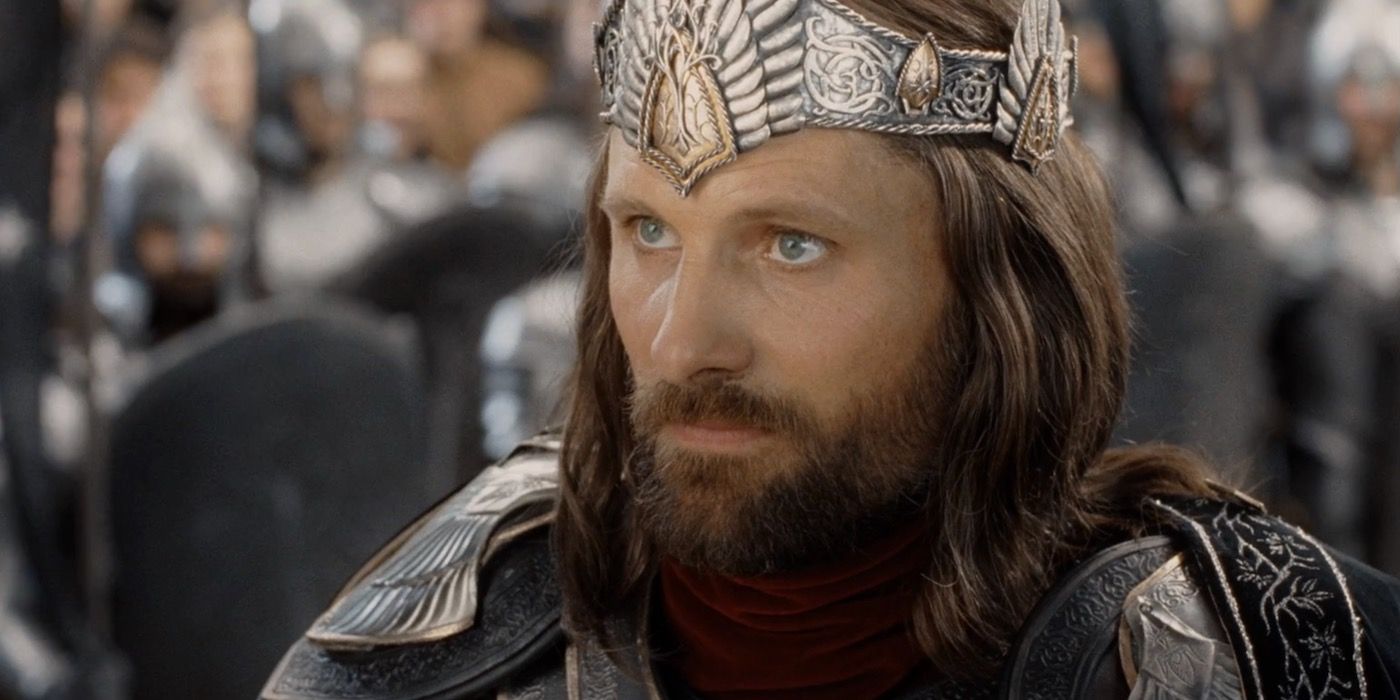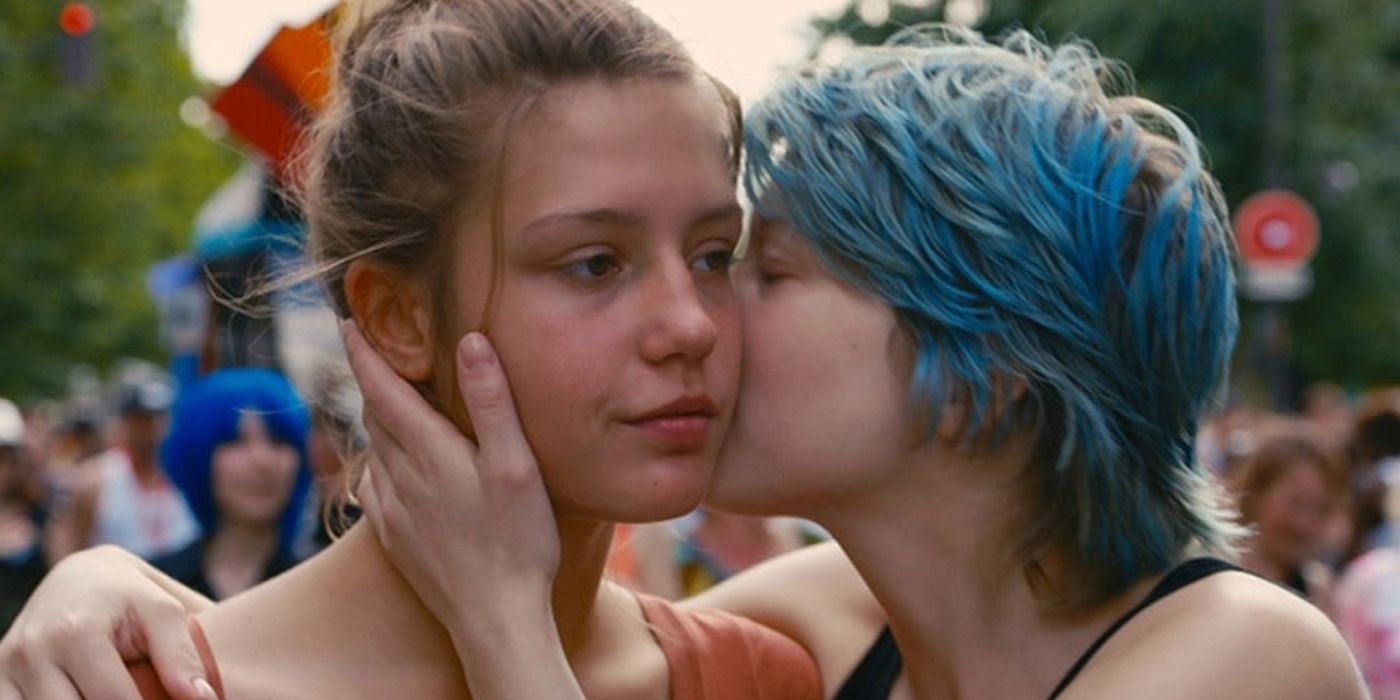Read update
- Viewers with time on their hands are always looking for long movies that are worth spending several hours on. There's no shortage of captivating long films that make every second worth it, with most being renowned classics and some being lesser-known masterpieces that deserve more attention.
It’s hard to deny time is valuable. It’s a fact of life, and a lifetime itself is finite. So too are the number of shows and films a person can experience within one of them. As such, it’s understandable that as the years go by, long films grow increasingly daunting, too. Most films sit at around the 90 and 120-minute mark for good reason — that kind of length is comfortable, bathroom breaks probably won’t be needed, and most stories out there can be told in that amount of time.
However, for those feeling brave, as well as those with some extra time on their hands, there are plenty of great films that go well beyond that threshold and use their epic runtimes to provide experiences that couldn’t be felt otherwise. While the idea of watching long cinema may be a tough sell, they are guaranteed to reward a brave viewer’s patience.
Updated on November 7th, 2022, by Hannah Saab:
Viewers with time on their hands are always looking for long movies that are worth spending several hours on. There's no shortage of captivating long films that make every second worth it, with most being renowned classics and some being lesser-known masterpieces that deserve more attention.
'Seven Samurai' (1954)
Seven Samurai stands as legendary Japanese director Akira Kurosawa’s most celebrated film and his longest. It popularized the now-familiar narrative of a group of outcasts banding together to take on a bigger threat, here being a group of seven rogue samurai protecting a village from a large gang of bandits. This story was remade into The Magnificent Seven (itself remade in 2016), and lighter spins on the story can be found in films like A Bug’s Life and The Three Amigos.
With a runtime of 207 minutes, Seven Samurai can take its time fleshing out its characters and making the viewer care for each of the seven, as well as for the townspeople they swear to protect. It means that when the action scenes play out during the film’s second half, the tension and excitement are ratcheted up, and the length helps you feel more invested than you might otherwise.
'Lawrence of Arabia' (1962)
Out of the many classic Hollywood epics that dominated both the box office and the Oscars throughout the 1950s and 60s, David Lean's Lawrence of Arabia is perhaps one of the best. A huge life story, it uses epic 222-minute runtime to tell the fascinating story of T. E. Lawrence, including his involvement in World War I and adventures in the desert.
A larger-than-life main character means a long film is needed to properly capture their life, and that’s precisely why Lawrence of Arabia earns its almost four-hour runtime. Beautifully shot with plenty of spectacles, and an iconic central performance by Peter O’Toole, the film is a testament to how sometimes, when it comes to the movies, bigger is better.
'The Human Condition' (1959-1961)
The Human Condition film series directed by Masaki Kobayashi is an exceptional example of a long movie. As a trilogy, it stands at about 9.5 hours, with each film approximately three hours in length. It lives up to its title in exploring the experience of being human through its story of a Japanese man struggling to retain his values and sense of morality throughout World War II.
It's undeniably heavy-going, and it has a runtime that’s arguably designed to exhaust and overwhelm its viewers. Still, if a filmmaker wants to successfully tackle the human condition itself, and confidently place it as the title of their trilogy, then three long films may be what’s needed to live up to that promise.
'Shoah' (1985)
Claude Lanzmann’s documentary runs for over nine hours, using that time to explore the Holocaust through interviews with those who experienced it, directly or indirectly.
Shoah’s heartbreaking and harrowing stories unfold again and again through Lanzmann’s lengthy interviews. With no stock footage from the time used, it forces viewers to listen to these personal testimonies, and do their best to imagine how it would have been. No film could truly capture exactly what it would have been like to live through such a time, as the scale of the horror was on such a depressingly huge scale, but Shoah’s mammoth length does a remarkable job of covering and laying bare a great deal of it.
'Malcolm X' (1992)
Spike Lee’s epic 201-minute biographical film about the life of African-American human rights activist, Malcolm X, does justice to the larger-than-life title character’s short but eventful life and boasts one of Denzel Washington’s best performances to boot.
With a runtime of over three hours, Lee’s ability to let his creative and unique directorial style run wild, and the length allows for Malcolm X’s full life story to be told, with little to no shortcuts or awkward time-jumps in the narrative. It’s a bold and important film that’s held up well in the 30 years since its release.
'The Irishman' (2019)
A recent three-and-a-half-hour epic released in a cinematic era that doesn’t see many of them, Martin Scorsese's The Irishman tells a decades-spanning story about hit-man Frank Sheeran, and his possible involvement in the disappearance of the famed union leader, Jimmy Hoffa.
Scorsese’s no stranger to the crime genre, but now in his 70s, with a cast of equally old but still fantastic actors, his approach to the genre is slower, more contemplative, and undoubtedly sadder. The Irishman takes their time and has the time to explore what it means to grow old and slowly lose everything. The fact it takes so long to watch also helps the audience truly feel that passing of time, too.
'An Elephant Sitting Still' (2018)
Chinese director Hu Bo made just one film in his tragically short life, but it was an incredible one. Running just shy of four hours, An Elephant Sitting Still shows a day in the life of four main characters — all with their struggles, and all lost in life — as those lives occasionally intertwine in interesting ways.
Full of long takes and without much by way of a story, An Elephant Sitting Still allows patient viewers to slip into the film’s dark and brutally honest world, putting you in its characters’ mindsets and hopping along with them that there might be some light at the end of this four-hour journey.
'Once Upon a Time in America' (1984)
Acclaimed Italian director Sergio Leone made several well-known westerns (including The Good, the Bad, & the Ugly) before making Once Upon a Time in America, a decade-spanning crime epic, as his last (and perhaps his greatest) film.
Building on the great epics of the 1950s and 60s, Once Upon a Time in America takes on a darker and more violent tone, combining it with a near four-hour runtime, a huge scale, and beautiful music to create something truly unique. With some confronting subject matter and long runtime, it can be challenging to watch at times, but it makes for a haunting and hypnotic experience that, once seen, is hard to forget.
'War and Peace' (1965)
Not to be confused with the still very long American version of War and Peace from 1956 starring Audrey Hepburn, the Russian-made War and Peace directed by Sergei Bondarchuk goes above and beyond what was traditionally thought of as epic.
Divided into four parts totaling just over seven hours in length, War and Peace manage to capture and adapt much of the story told in the classic novel’s 1200-something pages. With a cast of thousands, huge sets, and one of the largest and longest battle scenes ever filmed, War and Peace take the epic genre to its logical endpoint. Films don’t get any grander or more sweeping than this.
'Out 1' (1971)
Out 1, directed by Jacques Rivette, defies a plot synopsis. More of an experience than a story, Out 1 is technically about two theater troupes endlessly rehearsing for… something, a couple of lone individuals discovering a secret organization somewhere in Paris, and various other conspiracies and mysteries that throw more and more characters into confusion and paranoia as the 13-hour runtime goes on.
To watch Out 1 is like going into a fugue state. Full of improvised dialogue and meta-commentary on the art of acting and cinema itself, digging into what the film feels like stumbling upon a conspiracy in itself. As it takes over half a day to even watch all of it, there’s plenty of time to try (and ultimately fail) to work it all out. For as frustrating as the experience can be, there’s no other film that can make you feel the same way.
'The Godfather Part II' (1974)
The award-winning sequel by director Francis Ford Coppola, The Godfather Part II continues Michael Corleone's story as the new Don of the family. At the same time, it also delves into Vito Corleone's complicated past, beginning from his Sicilian childhood to his efforts at establishing the respected crime family.
Coppola's groundbreaking adaptation of Mario Puzo's novel reinvigorated the gangster genre by painting the characters in a totally new light: as complex individuals with emotionality, desires, and regrets. The three-and-a-half-hour-long sequel further explores this engrossing perspective, and is considered by most as the best from the iconic trilogy.
'Schindler's List' (1993)
Often cited alongside the best war movies of all time, director Steven Spielberg's Schindler's List needs no introduction. It tells the true story of Oskar Schindler, who was a German industrialist who saved over a thousand Polish-Jewish individuals during the Holocaust. He would employ them in his factory to help them avoid concentration camps.
Just a little over three hours long, the harrowing movie manages to showcase the bravery of the protagonist while also emphasizing the horrors of World War II. It's infamous for its scene depicting a girl in a red coat, which is the only time the film uses color to symbolize the innocence of the victims.
'Norte, the End of History' (2013)
Arguably the film most commonly associated with the master of slow cinema, director Lav Diaz's Norte, the End of History is a critically-acclaimed drama movie that is centered on the lives of three Filipinos. It masterfully weaves together a tale of wrongful imprisonment, a struggling mother, and a disillusioned criminal.
Audiences who stay for its entirety, at over four hours long, will find that it provides a uniquely immersive and rewarding viewing experience. Its use of atmosphere and pace mixes realism with drama, making the entire film a mesmerizing journey through the characters' lives.
'Lord of the Rings: The Return of the King' (2003)
Lord of the Rings: The Return of the King is the final installment in director Peter Jackson's beloved trilogy, which is an adaptation of J. R. R. Tolkien's legendary novels. The epic movie brings the major storylines together in a riveting way. Frodo and Sam are on the last leg of their journey to the heart of Mordor, while Gandalf and the rest of the Fellowship prepare for their final stand against Sauron's army.
At about three and a half hours long, the movie is packed with flawlessly choreographed action sequences, emotional moments, and well-written dialogue that makes it a worthy way to end the incredible saga. Viewers who have a free ten hours to spare may want to consider watching the LotR trilogy in its entirety.
'Blue is the Warmest Color' (2013)
Based on the eponymous 2010 novel by Jul Maroh, director Abdellatif Kechiche's Blue is the Warmest Color follows a 15-year-old girl named Adèle through the ups and downs of her romantic and sexual relationships. When she encounters the bold and intriguing older art student, Emma, the two fall in love and form a complicated decade-long relationship.
An intimate portrayal of innocence, love, and heartbreak, the film is both tender and brutal in its exploration of Adèle's experiences. Its three-hour-long raw and honest look at the messiness of young love is unique in the way audiences get to see what happens to the intensity the two women originally felt. It's a great coming-of-age breakup movie that holds up well today.

